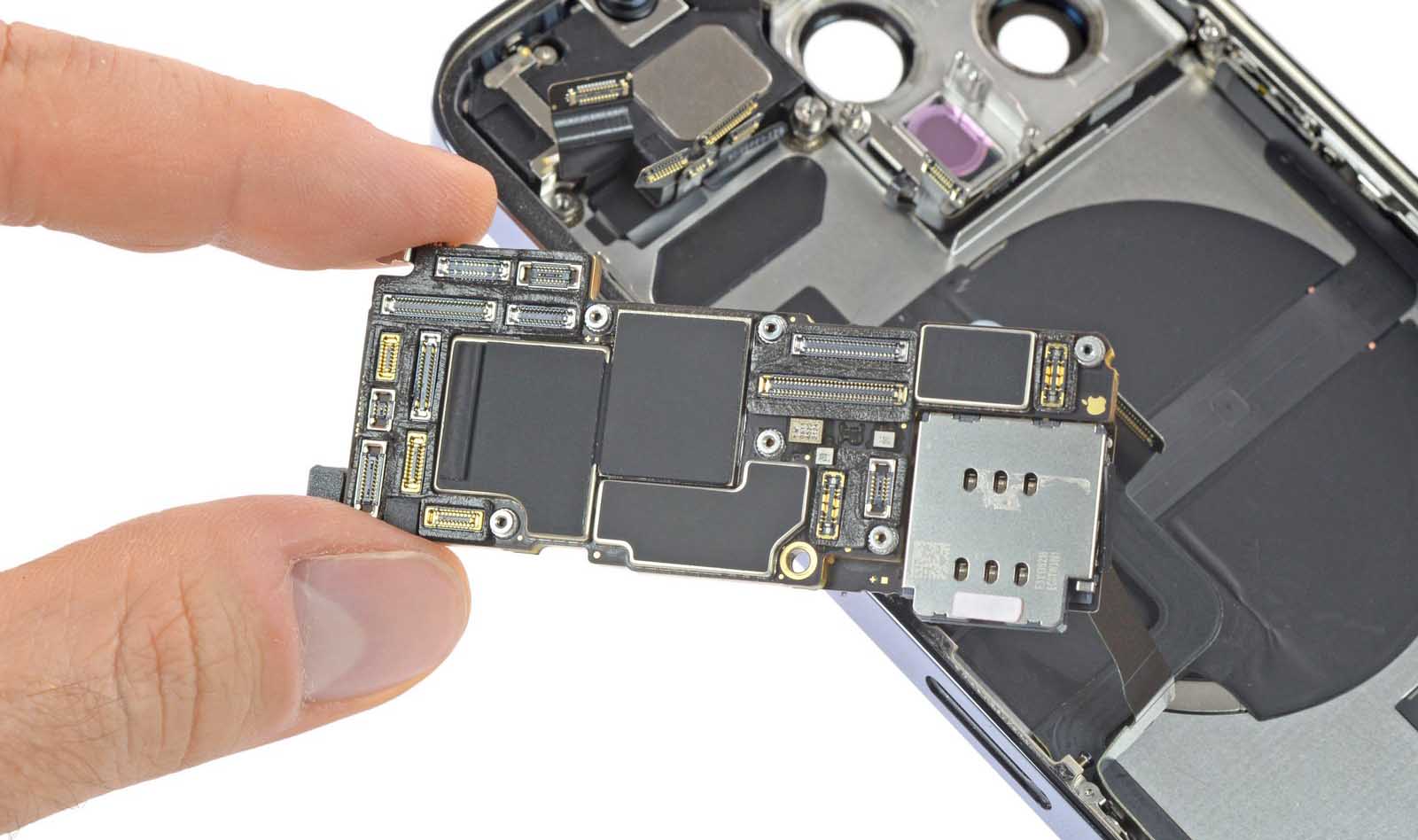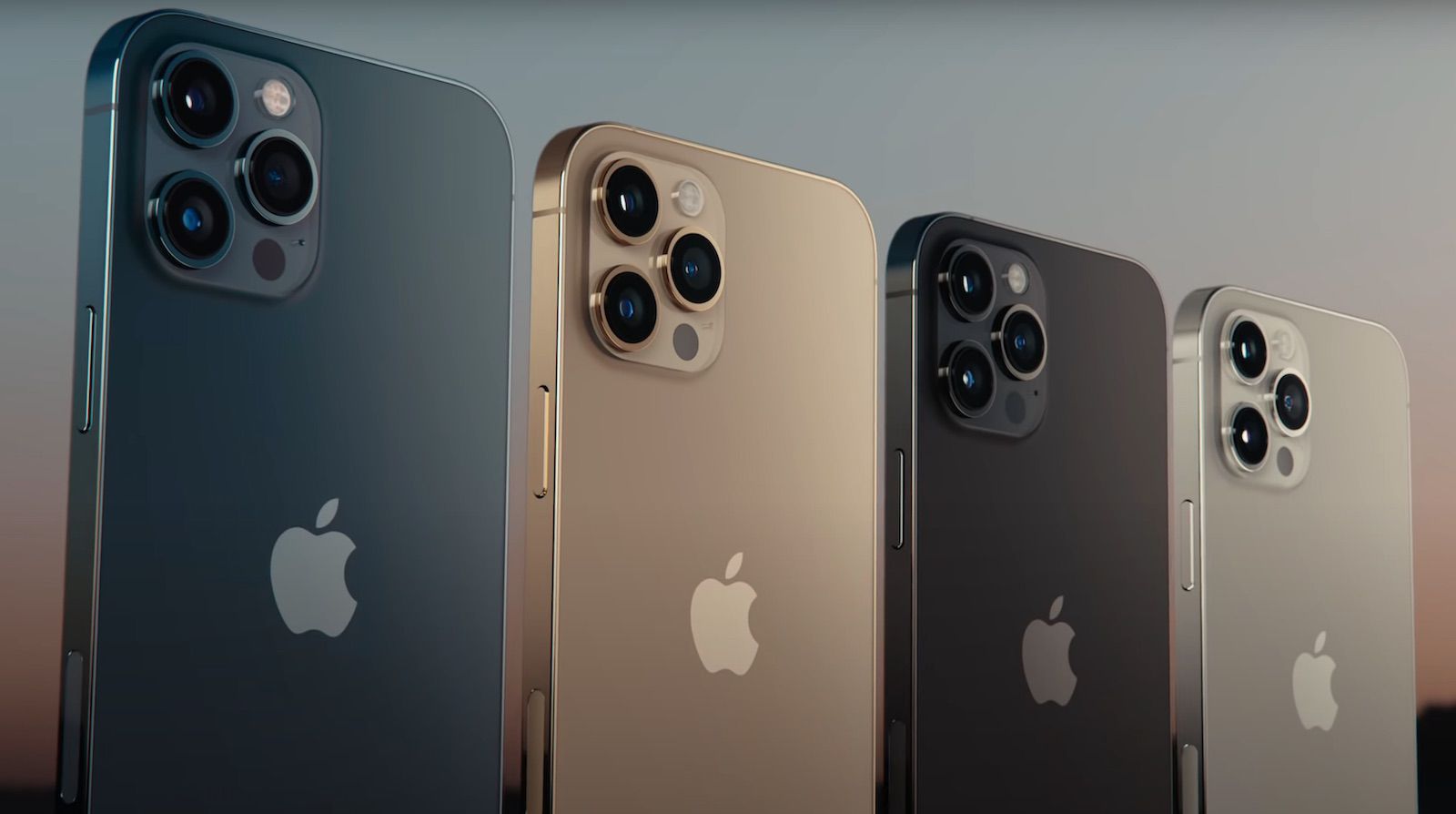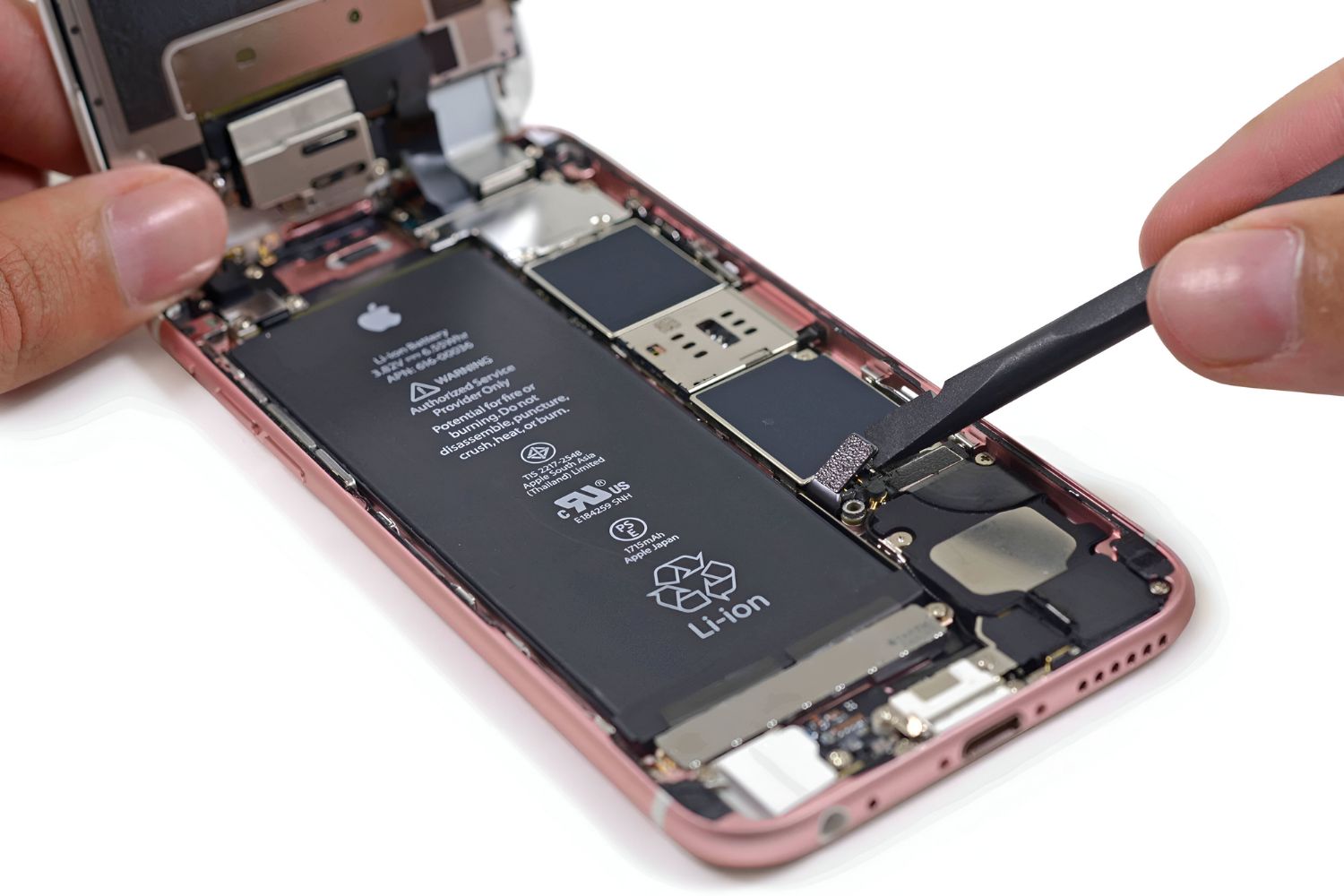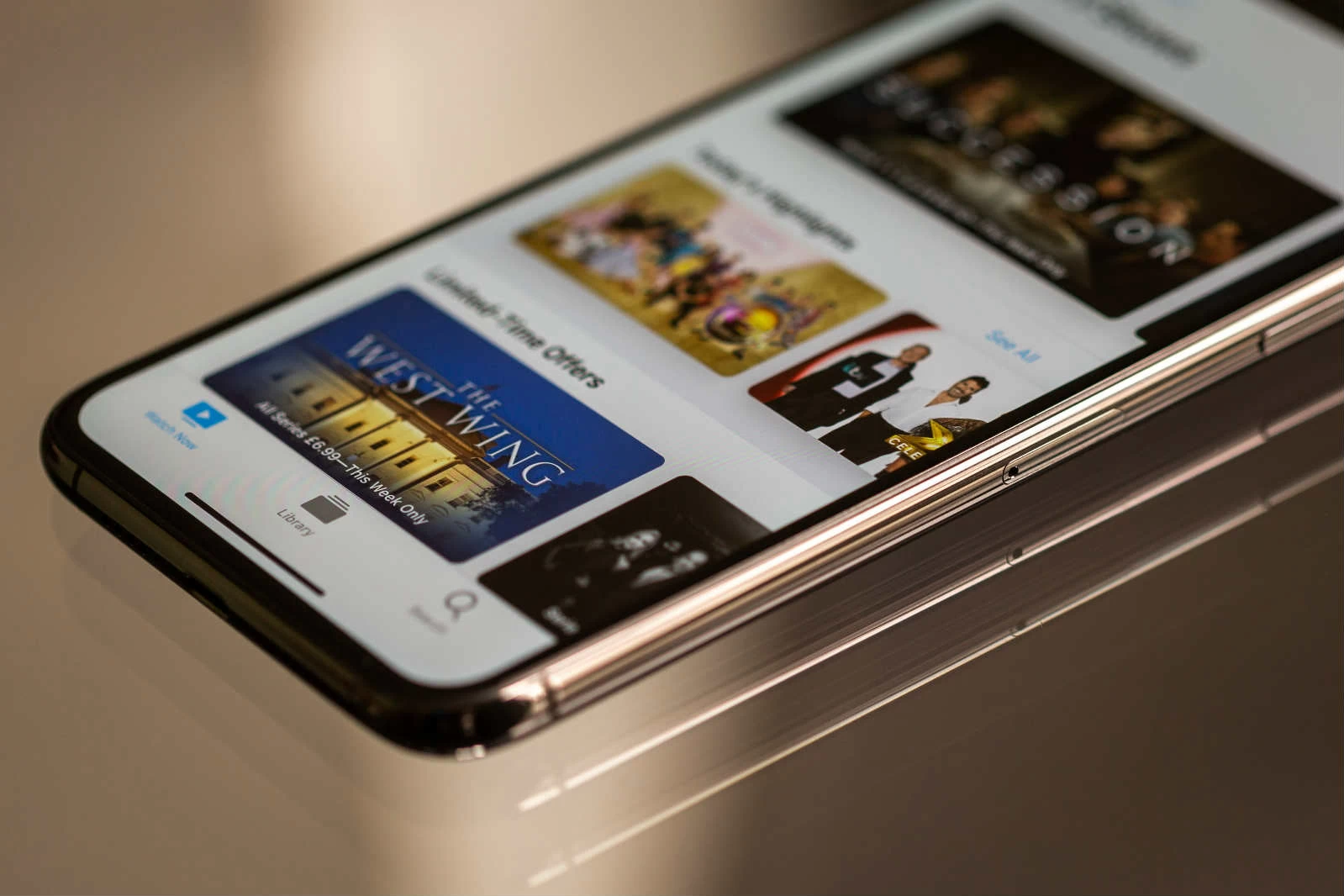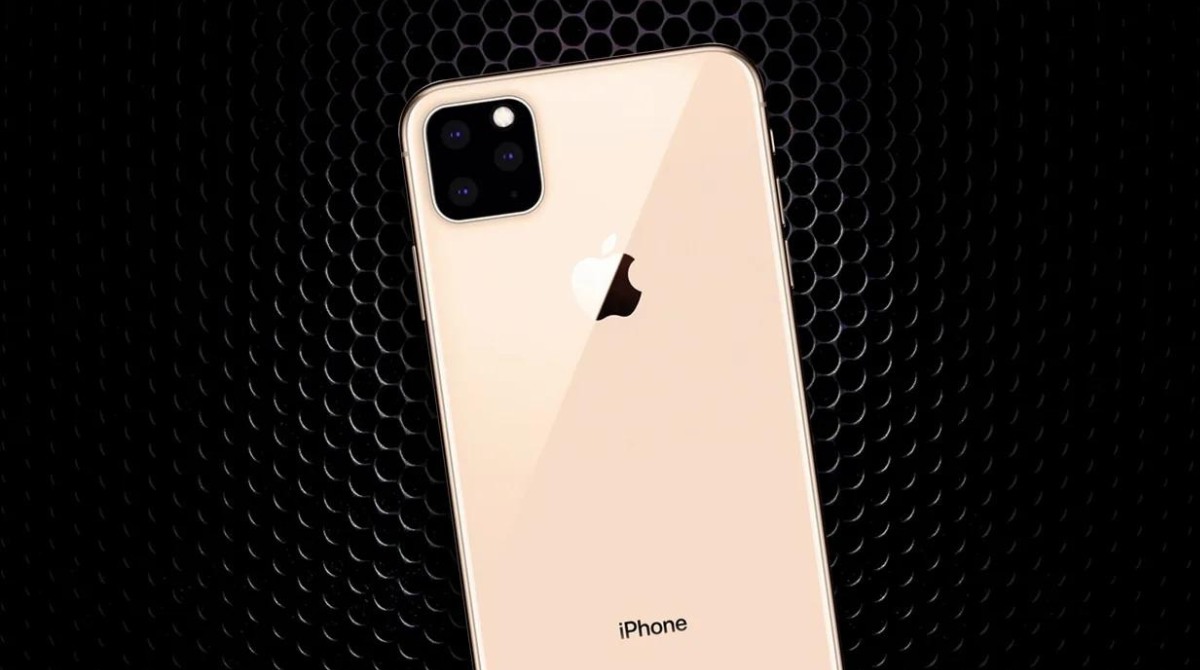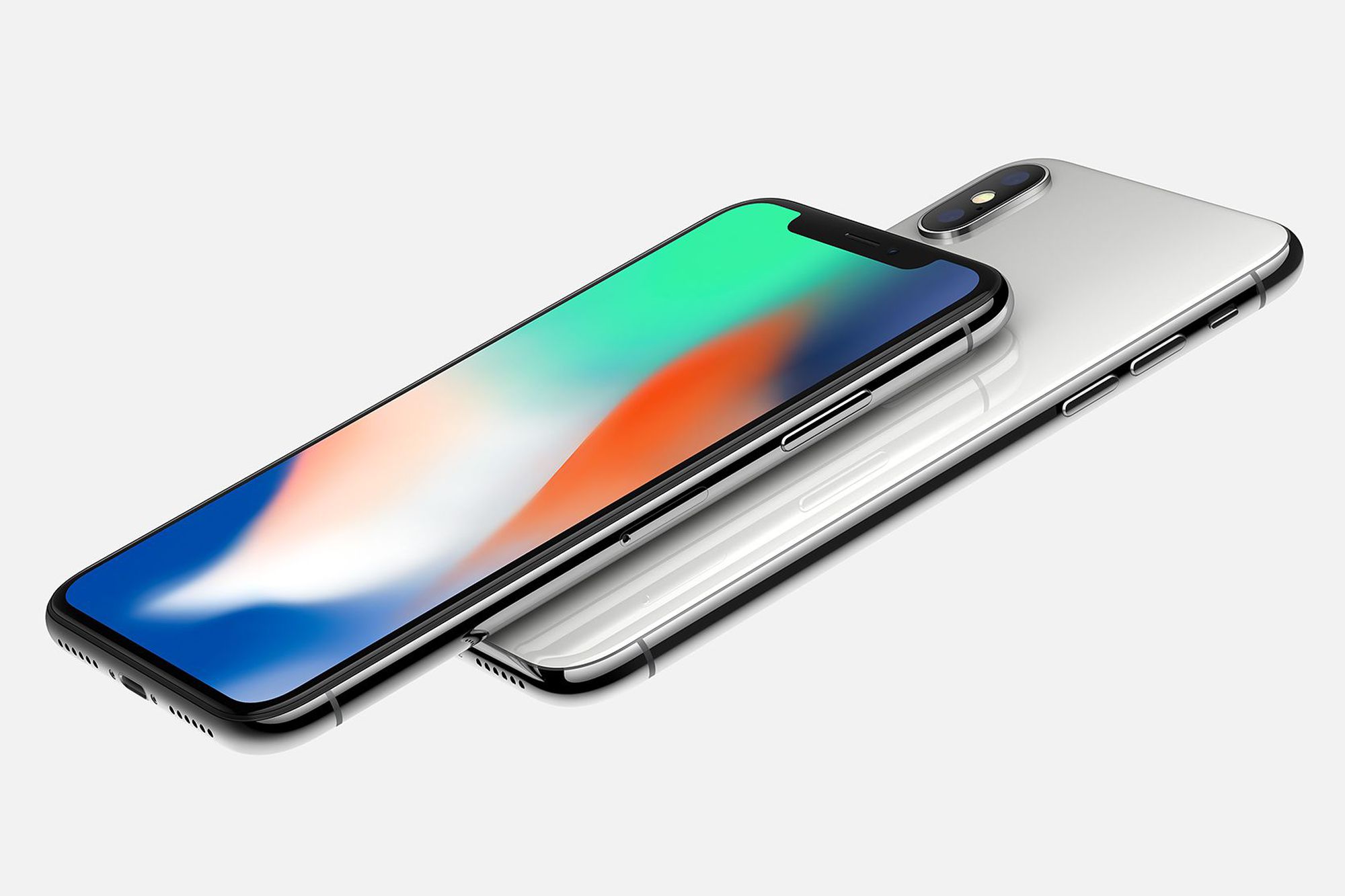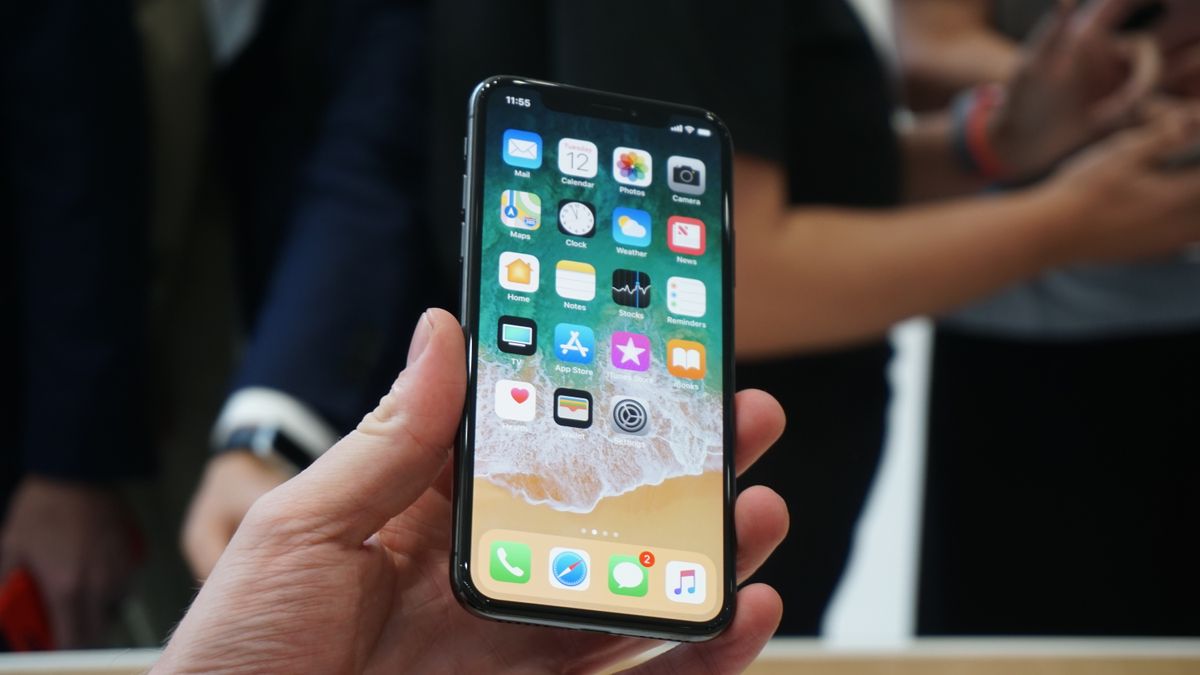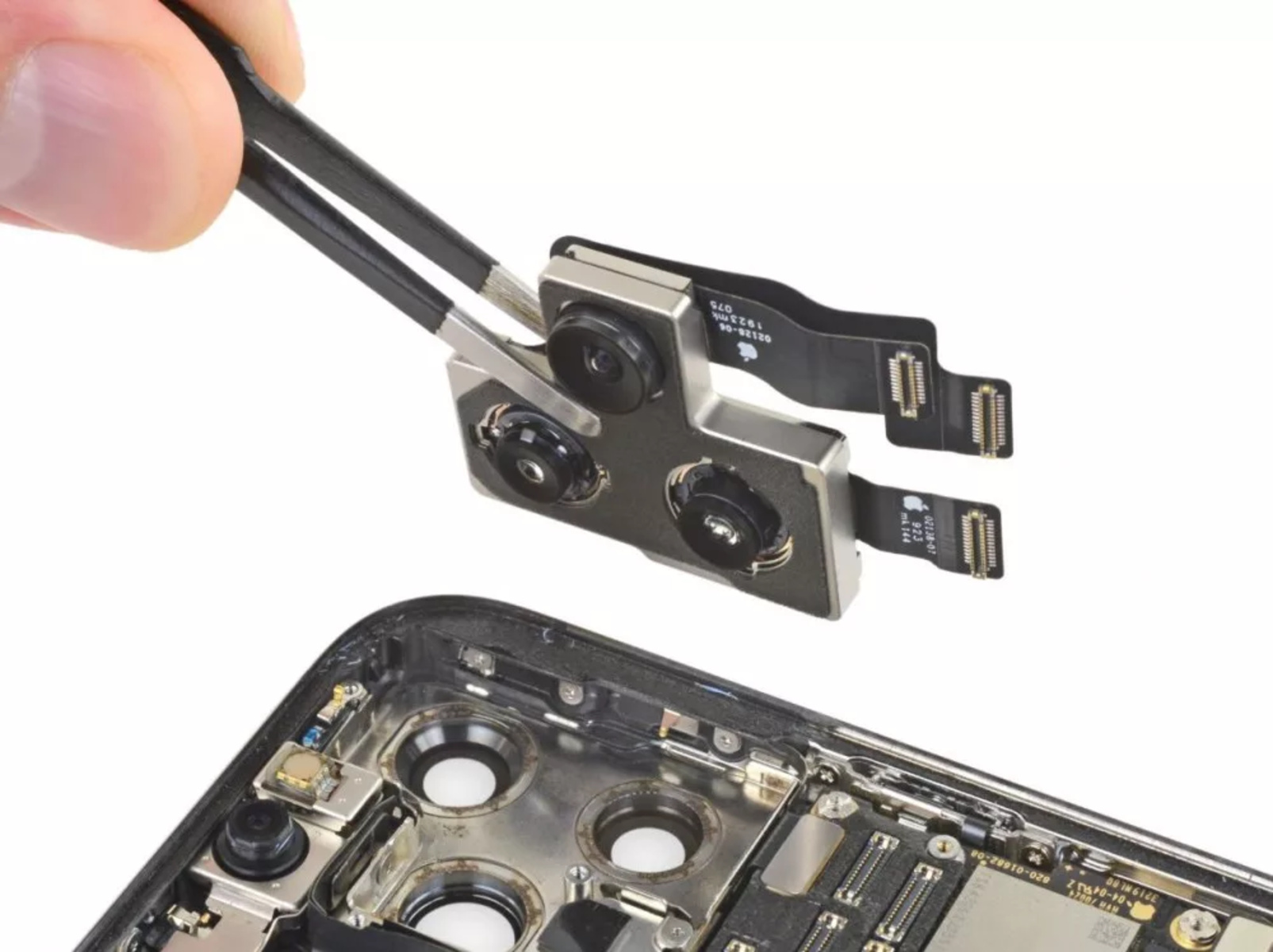Introduction
Welcome to our article that explores the amount of RAM in the iPhone 11. As technology continues to advance, smartphones have become an essential part of our daily lives. From communication to entertainment, we rely on our smartphones for a wide range of activities.
One crucial factor that determines the performance and efficiency of a smartphone is the amount of Random Access Memory (RAM) it has. RAM plays a vital role in multitasking, allowing the device to run multiple applications and processes simultaneously, ensuring a smooth and responsive user experience.
The iPhone 11 is one of Apple’s flagship smartphones that offers a plethora of features and capabilities. With its powerful A13 Bionic chip and advanced software optimizations, it has gained immense popularity among users worldwide. However, the amount of RAM in the iPhone 11 has been a topic of interest and speculation among tech enthusiasts.
In this article, we will delve into the details of how much RAM the iPhone 11 actually has, its significance in terms of performance, and whether it provides enough memory for everyday usage. Additionally, we will explore how RAM management works in the iPhone 11 and the potential benefits of having more RAM in this device.
So, if you’re curious to learn about the RAM specifications of the iPhone 11 and its impact on performance, then let’s dive right in and explore the fascinating world of smartphone memory!
RAM in iPhone 11
The iPhone 11, being a high-end smartphone, is equipped with a sufficient amount of RAM to ensure smooth and efficient performance. Apple has always focused on optimizing the integration of hardware and software to provide an exceptional user experience, and the RAM capacity of their devices plays a crucial role in achieving this goal.
The iPhone 11 comes with a standard 4 GB of RAM. While this may seem lower compared to some Android devices that offer higher RAM options, it’s essential to consider Apple’s exceptional optimization and efficient memory management. Apple’s tight control over their hardware and software ecosystem allows them to maximize the performance of their devices without compromising on user experience, even with lower RAM capacity.
4 GB of RAM in the iPhone 11 is more than sufficient for everyday usage. This includes running multiple applications simultaneously, browsing the web, using social media apps, streaming videos, and even playing graphic-intensive games. The efficient utilization of RAM in iOS ensures smooth multitasking and quick app-switching, eliminating the need for excessive memory.
It’s worth mentioning that the iPhone 11 is designed to work seamlessly with iOS, which is specifically optimized for Apple’s devices. This ensures that the software takes full advantage of the available RAM, resulting in faster app load times, smoother animations, and overall snappy performance.
Apple’s emphasis on hardware and software integration, combined with their focus on efficient memory management, allows the iPhone 11 to perform exceptionally well with its 4 GB of RAM. Users can enjoy a lag-free experience and fluid navigation through apps and tasks, making the iPhone 11 an excellent choice for everyday use.
How Much RAM is in iPhone 11?
The iPhone 11 is equipped with 4 GB of RAM. This may raise the question of whether 4 GB is enough for a flagship smartphone in today’s tech landscape where devices boasting 8 GB or even 12 GB of RAM are becoming increasingly common. However, it’s important to note that the RAM capacity of a device is not the sole indicator of its performance and efficiency.
Apple has always been known for its meticulous hardware and software integration, optimizing every aspect of their devices to deliver a seamless user experience. The iPhone 11’s powerful A13 Bionic chip, combined with iOS’ efficient memory management, allows it to perform exceptionally well with 4 GB of RAM.
While some Android devices may tout higher RAM capacities, the performance of the iPhone 11 often surpasses those devices due to Apple’s optimized approach to memory management. iOS is designed to intelligently allocate available resources, ensuring that the RAM is utilized effectively and efficiently. This translates to faster app load times, smoother multitasking, and improved overall performance.
Moreover, 4 GB of RAM is more than sufficient for most users’ daily tasks. Whether you’re browsing the web, using social media apps, streaming videos, or playing games, the iPhone 11’s 4 GB RAM capacity ensures a seamless and lag-free experience. It strikes a balance between providing sufficient memory for multitasking while maintaining optimal power consumption, contributing to the device’s impressive battery life.
Ultimately, while the iPhone 11 may not have the highest RAM capacity in the market, it more than makes up for it with its exceptional hardware, software optimization, and efficient memory management. The iPhone 11’s 4 GB of RAM is more than enough to handle everyday tasks and provide an outstanding user experience.
Does iPhone 11 Have Enough RAM?
The iPhone 11’s 4 GB of RAM is often a subject of debate among tech enthusiasts. While some argue that higher RAM capacities would provide even better performance, others argue that Apple’s optimization and efficient memory management make 4 GB sufficient for everyday usage. So, does the iPhone 11 have enough RAM to meet the needs of its users?
The answer to this question depends on how you use your smartphone. For the majority of users, 4 GB of RAM in the iPhone 11 is more than enough. Whether you’re browsing the web, checking emails, using social media apps, or even editing photos and videos, the device delivers smooth and responsive performance.
Apple’s tight control over their hardware and software ecosystem allows them to optimize the utilization of available resources, including RAM. This means that 4 GB of RAM in the iPhone 11 is effectively managed to ensure efficient multitasking and fast app-switching. The device can effortlessly handle running multiple apps simultaneously without experiencing any significant lag or slowdown.
Apple’s focus on efficient memory management also contributes to the iPhone 11’s ability to offer smooth performance with 4 GB of RAM. iOS intelligently allocates and manages memory resources, prioritizing active applications and optimizing background processes. This means that even if you open multiple apps or switch between them frequently, the device will ensure that sufficient memory is allocated to provide a seamless user experience.
It’s important to note that higher RAM capacities may be needed for specific use cases, such as heavy video editing, 3D rendering, or running resource-intensive games. However, for the average user who utilizes their smartphone for everyday tasks, the iPhone 11’s 4 GB of RAM provides more than enough power and performance.
Ultimately, the iPhone 11 strikes a balance between optimal performance and power efficiency with its 4 GB RAM capacity. You can confidently rely on the device for multitasking, productivity, entertainment, and more, without worrying about RAM limitations.
RAM Management in iPhone 11
One of the key factors that contribute to the iPhone 11’s efficient performance is the intelligent RAM management implemented by Apple. iOS, the operating system running on the iPhone 11, has been optimized to effectively allocate and manage available memory resources.
RAM management in the iPhone 11 works in conjunction with the device’s hardware and software integration, ensuring that memory is utilized optimally for both active and background processes. When you open an app on the iPhone 11, iOS intelligently allocates the necessary amount of RAM to run the application smoothly.
As you switch between different apps or perform various tasks, iOS efficiently manages the RAM usage by prioritizing active applications and lowering the memory footprint of background tasks. This ensures that the device maintains a responsive and fluid user experience, even when running multiple applications simultaneously.
Additionally, iOS employs a technology called “memory compression” to further enhance RAM management. This technology compresses inactive data in RAM, freeing up memory for active applications. By doing so, the iPhone 11 can maintain a larger active memory pool, resulting in improved overall performance and faster app loading times.
Furthermore, iOS is optimized to minimize memory leaks and unnecessary memory usage. This means that apps running on the iPhone 11 are designed to release unused memory when they are no longer in use, preventing memory bloat and improving the efficiency of RAM utilization.
It’s also worth noting that iOS benefits from Apple’s control over both the hardware and software of their devices. This allows for a level of optimization that is difficult to achieve in the Android ecosystem, where multiple hardware manufacturers use different configurations and variations of the operating system. Apple’s closed ecosystem enables them to fine-tune RAM management specifically for their devices, resulting in better performance and efficiency.
In summary, RAM management in the iPhone 11 is intelligently implemented through iOS’ efficient utilization of available memory. The optimized allocation of RAM for active applications, memory compression technology, and minimization of memory leaks contribute to the device’s smooth performance and responsive user experience.
Benefits of Having More RAM in iPhone 11
While the iPhone 11’s 4 GB of RAM is sufficient for most users, there are certain benefits to having more RAM in a smartphone like the iPhone 11. Let’s explore some of the advantages that come with higher RAM capacities:
1. Enhanced Multitasking: With more RAM, the iPhone 11 would have the ability to handle even more intensive multitasking. It would allow you to smoothly switch between multiple apps, have more apps running simultaneously in the background, and reduce the need for frequent app reloading.
2. Better App Performance: More RAM allows for increased app performance, especially for resource-intensive tasks like video editing, 3D rendering, and gaming. Apps can load faster, respond quicker to user input, and handle larger data sets without any slowdowns or lag.
3. Future-proofing: As technology advances and newer, more demanding apps and processes become available, having more RAM ensures that your device remains capable and responsive for years to come. It provides the headroom needed to handle future software updates and new features without sacrificing performance.
4. Improved Multitasking Stability: Higher RAM capacity reduces the likelihood of apps getting forcibly closed due to limited memory. This means you can have more apps running in the background without worrying about them being closed by the system to free up memory for other processes.
5. Smoother Gaming Experience: Games with graphics-intensive elements often require a significant amount of RAM to perform optimally. More RAM allows for fluid gameplay, seamless transitions between game levels, and reduced load times. It also ensures that background processes do not interfere with the gaming experience.
6. Better Handling of Large Files: With more RAM, handling large files like high-resolution photos or videos becomes more efficient. It allows for faster editing, smoother playback, and reduces the chances of experiencing lag or stuttering when working with large media files.
While the iPhone 11’s 4 GB of RAM is more than sufficient for most users, those who engage in resource-intensive tasks or desire even more multitasking capabilities may benefit from devices with higher RAM capacities. However, it’s important to note that Apple’s optimization and efficient memory management ensure that the iPhone 11 delivers exceptional performance even with its 4 GB of RAM.
Conclusion
In conclusion, the iPhone 11’s RAM capacity of 4 GB may seem modest compared to some Android devices with higher RAM options. However, Apple’s meticulous hardware and software integration, combined with efficient memory management in iOS, make the iPhone 11 a powerhouse in terms of performance and responsiveness.
For most users, 4 GB of RAM in the iPhone 11 is more than sufficient to handle everyday tasks such as web browsing, social media usage, streaming videos, and gaming. The optimized utilization of RAM ensures smooth multitasking and quick app-switching without experiencing significant lag or slowdown.
The iPhone 11’s 4 GB of RAM is intelligently managed by iOS, allowing for efficient allocation of memory, compression of inactive data, and minimization of memory leaks. This results in a seamless user experience, faster app loading times, and improved overall performance.
While some users with specific needs such as heavy video editing or resource-intensive gaming may benefit from higher RAM capacities, the majority of iPhone 11 users will find that 4 GB is more than enough for their daily usage requirements.
It’s important to remember that the overall performance of a smartphone like the iPhone 11 is not solely determined by its RAM capacity. Apple’s hardware advancements, software optimizations, and their closed ecosystem contribute to a smooth and efficient user experience, regardless of the numerical value of the RAM.
In conclusion, the iPhone 11 strikes a perfect balance between performance, efficiency, and power consumption with its 4 GB of RAM. Whether you’re a regular user or someone with slightly more demanding needs, the iPhone 11 delivers an exceptional smartphone experience that exceeds expectations.







